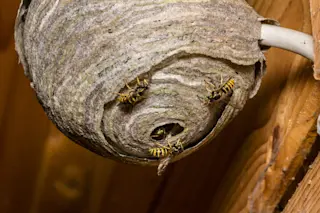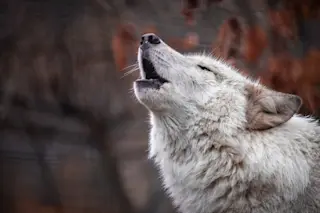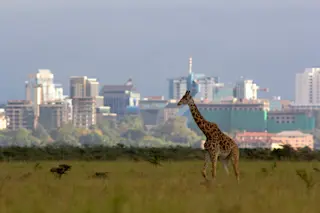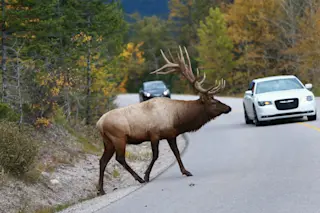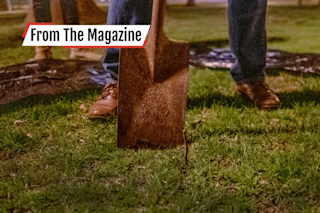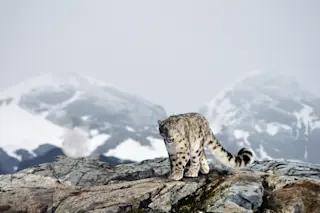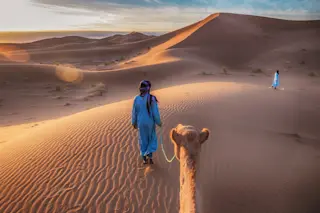When you think about dirt, you’re probably picturing soil. There’s so much more going on under our feet than the rock dust, or “dirt,” that gets on your pants.
When I began studying soil, I was amazed at how much of it is actually alive. Soil is teeming with life, and not just the earthworms that you see on rainy days.
Keeping this vibrant world healthy is crucial for food, forests and flowers to grow and for the animals that live in the ground to thrive. Here’s a closer look at what’s down there and how it all works together.
Soil is a vibrant ecosystem. Gabriel Jimenez via Unsplash, CC BY-SA
If you scoop up a handful of dry soil, the basic dirt that you feel in your hand is actually very small pieces of weathered rock. These tiny bits eroded from larger rocks over millions of years.
The balance ...




